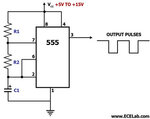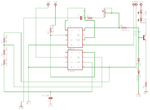sneitzke38
Member level 2
Thanks for your response
I did not connect my reset pin to the 9v supply I just have it connected to the output of the MV
Is this setup wrong?
I did not connect my reset pin to the 9v supply I just have it connected to the output of the MV
Is this setup wrong?




